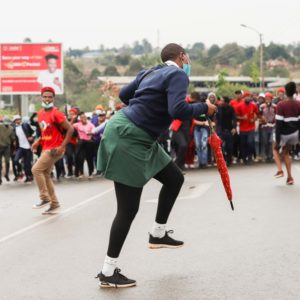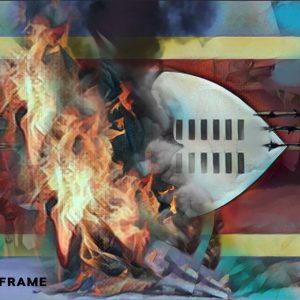Pupils leave dysfunctional eSwatini schools for SA
Many parents near the border have sent their children to South African schools after the pandemic and mass protests disrupted local classes.
Author:
11 May 2022
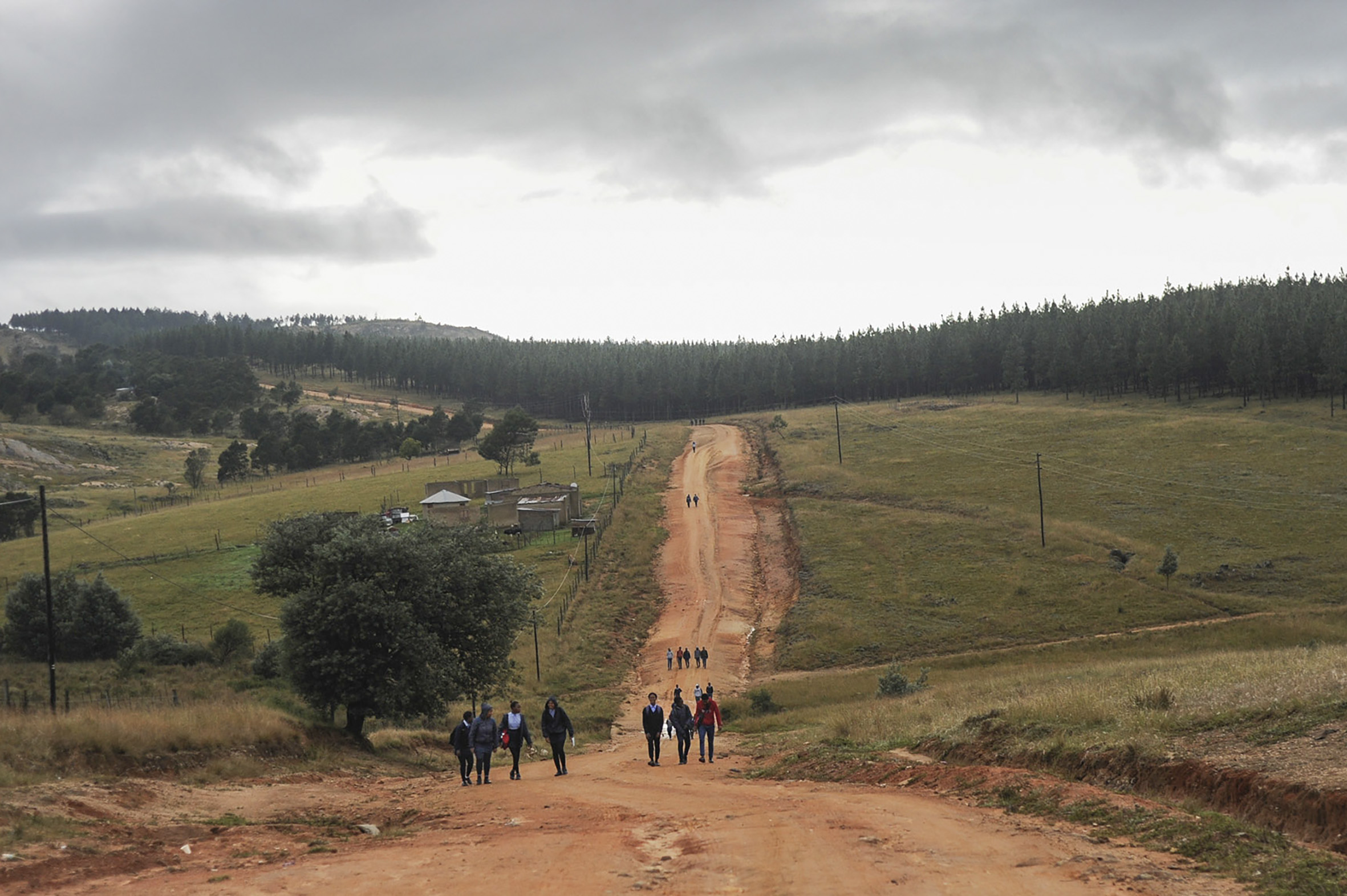
Sanele Dlamini, 19, wakes up with the roosters to prepare for school. Political unrest in eSwatini and the effects of Covid-19 have battered an already ailing education system. He must leave his bed early because his school is on the other side of the border, in South Africa.
Dlamini used to go to Motjane High School near his home and did not have to get going at about the same time chickens climb down from their perch. But now he has to walk for roughly 10km to the border before taking transport to Holeka Secondary School in Mpumalanga’s Gert Sibande District.
The outbreak of Covid-19 prompted eSwatini’s former Prime Minister Ambrose Mandvulo Dlamini to declare a national emergency on 17 March 2020. The following day, the ministry of education closed schools. Except for a few weeks months later when pupils in form 3 (grade 10) and form 5 (grade 12) went to classes for a few days in a week to prepare for external exams, schools remained closed.
Some classes were held in 2020 five months after schools were closed, says Sanele Dlamini. But, even though they sat through lessons, pupils did not learn much. They had not been back at school long when another Covid-19 wave hit, and they had to return home where they attempted an online learning programme that never took hold.
Related article:
Dlamini is, of course, not the only one. Zodwa Ginindza, Motjane High School headteacher, says, “A significant number of pupils left for South African schools this year. In fact, I would hazard to say that at least a quarter of our pupils have left. Many did not even bother to write the last academic year’s final exam.”
Another school, Londunduma High on the Sigangeni Road in rural Kupheleni, suffered a similar fate. The parents of many pupils – some of whom come from Makhwane, Ka-Swazi and Mguleni – have sent their children to schools on the South African side of the fence.
The Londunduma High headteacher, Nompumelelo Masina, would not share figures, saying the question should be referred to the regional education officer for the Hhohho region. Both the department of education and the education officer were asked to comment but had not responded by the time of publication.
Precious Ginindza, legal guardian to Amanda Mkhwanazi, 16, says 2020 and 2021 were especially bad. “The child was in form 2 (grade 9) when schools closed due to coronavirus. At first, she would read her books with enthusiasm in her room but that interest soon waned. You know how children are – they need teachers in front of them … Anyway, despite going for some odd days sometime in August or September before abruptly closing again, she saw no schooling.”
Amanda is a capable learner. She was top of her class and a prefect before the pandemic. She hoped to go to the University of Pretoria to train to be a doctor after finishing school. She says with very little learning she was pushed to the next class [form 3] in March 2021, the start of a new academic year after the timetable was adjusted and the syllabus compressed.
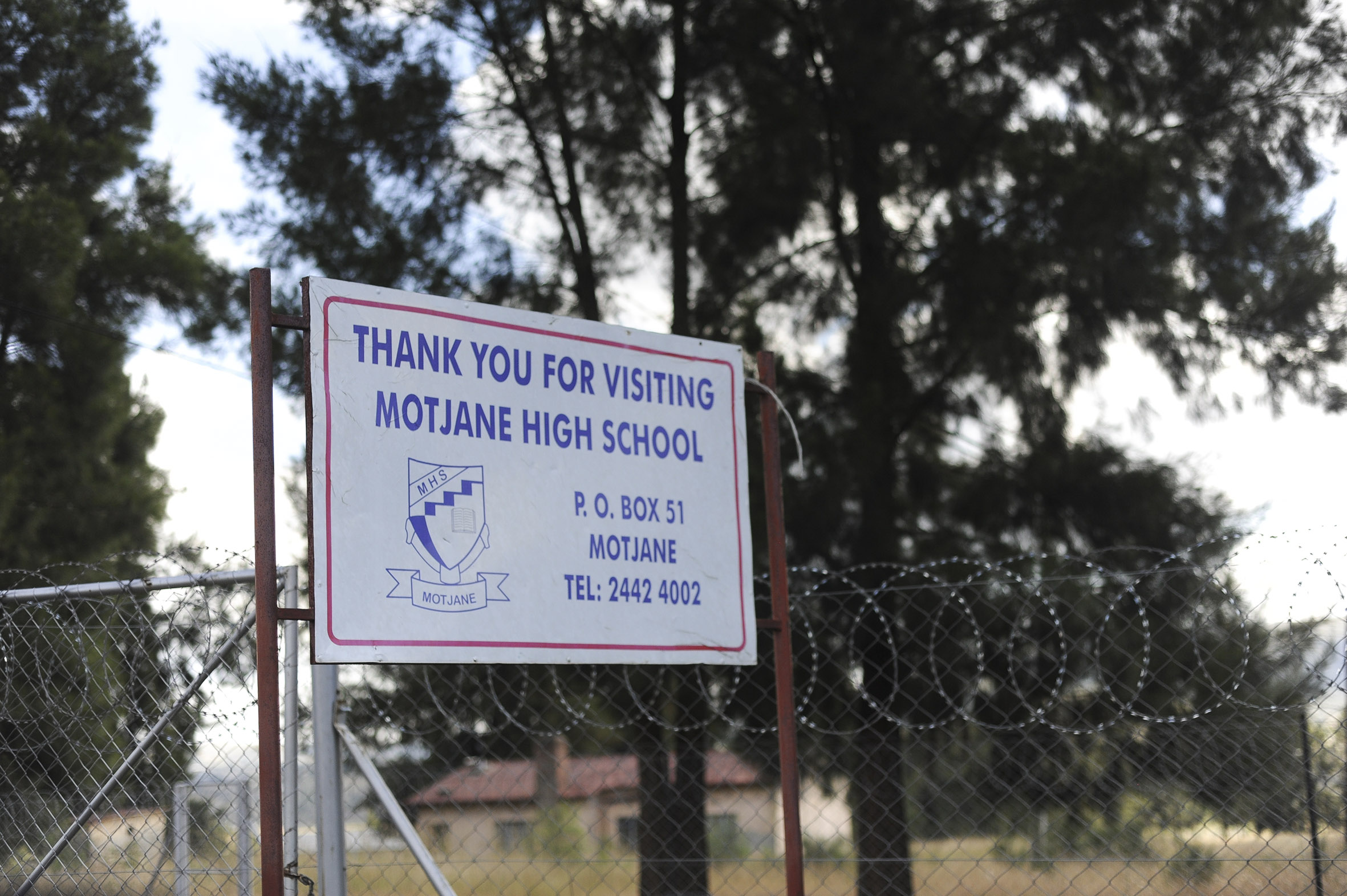
She is also at Holeka Secondary School now. Unlike Dlamini who does it daily, Amanda travels the distance from eSwatini to South Africa only on Mondays. During the week, she stays in rented accommodation near Oshoek, together with three girls from eSwatini’s Manzini region. They are also new in South Africa. On Fridays, after school, she goes back home. Amanda says it is difficult and she is still trying to adapt. She displays no enthusiasm for the future. Even though she had not written form 3 exams when she enrolled at Holeka, she was placed in grade 11 based on the strength of her past results. She hopes study guides will help her adapt and excel again.
Amanda says she is lucky she does not have to walk the 11km it takes to go from Mguleni to Oshoek every day. At around 6am, you can see many pupils in the grey and blue of Holeka Secondary and Litjelembube Secondary on the MR3 Highway walking up to the boundary fence, making sure to avoid the border gate. There, some choose to walk up to an unauthorised entry point to the north of the border, while some prefer an entry point in the south. These are holes in the fence big enough to allow adults and teenagers through.
The school children pass both South African and eSwatini soldiers, who give their tacit consent.
‘No one knows what will happen’
While in 2020 it was mainly Covid-19 that disturbed schooling, in 2021 it was a combination of political unrest and the pandemic. When mass protests began in May after the death of Thabani Nkomonye, allegedly at the hands of the police, schools closed. They remained closed as protests around the country grew and security forces began shooting and killing more people.
When protests stopped in September 2021, the government opened schools again. But another wave soon began, this time led mainly by high school pupils. After struggling to contain this new wave, the government closed schools in October. They were opened again in November, but only for two weeks. In early December, Lady Howard Mabuza, the minister of education, announced that schools would be closed from 10 December 2021 until 11 January 2022. Mbongwa Dlamini, president of the Swaziland National Association of Teachers, talking to Swaziland News, said the reason the government opened schools in the first place was only to easily arrest pupils for protesting and to collect money from parents.
Zodwa Ginindza says that the departure of pupils is mainly because of the unrest. “No one knows what will happen this year. Because even the expected dialogue still has not happened. And, because of our close proximity to the border with South Africa, the kids are able to make the two trips every day in the mornings and evenings.”
Related article:
Some parents, however, pulled out their children because they have no money for fees. In eSwatini, basic education in public schools is government funded only at primary school level. In high school, parents have to pay. Tengetile Mncina, whose son Sibusiso Magagula, 15, was a pupil at Mbabane Central High School last year, says she put him in Holeka Secondary School because “kute bekadombhadalela sikolwa (no one was going to pay for his school fees)”. The family comes from Ntfonjeni, a rural area in the north of the country. They now live in Ngwenya, a small industrial town and former mining area near the border, where Mncina does odd jobs for a living.
“Some parents … lost their jobs because of the pandemic. So, even many of the children who are back at school do not have the money for fees. Many others worked as domestic workers. What we have seen is that many of them lost their jobs too as the homeowners lost income,” says Ginindza.
A teacher at Litjelembube Secondary School who asked not to be identified says, “The number of pupils from eSwatini increased this year … we could not admit any more.” Banele Zulu, principal of Sisukumile Secondary School in Lochiel, says he also admitted some eSwatini pupils but had to turn back many because they came late. “They, unfortunately, waited until they had written their end of year exams, which were in March. So, when they came here we could no longer help them,” says Zulu.
Permits for schooling
Sikelela Dlamini, Swaziland National Association of Teachers general secretary, says: “Yes, we do have many such cases [of children leaving eSwatini schools for South Africa] … All the schools that are in the periphery suffered the same fate. Many had to drop out of school to jump over the fence to continue with their education on the other side of the border.”
Dlamini says they have tried to address this issue with the government but with little response, “for it is difficult even to try and convince the parents to bring back their children because in our country education is never taken seriously”.
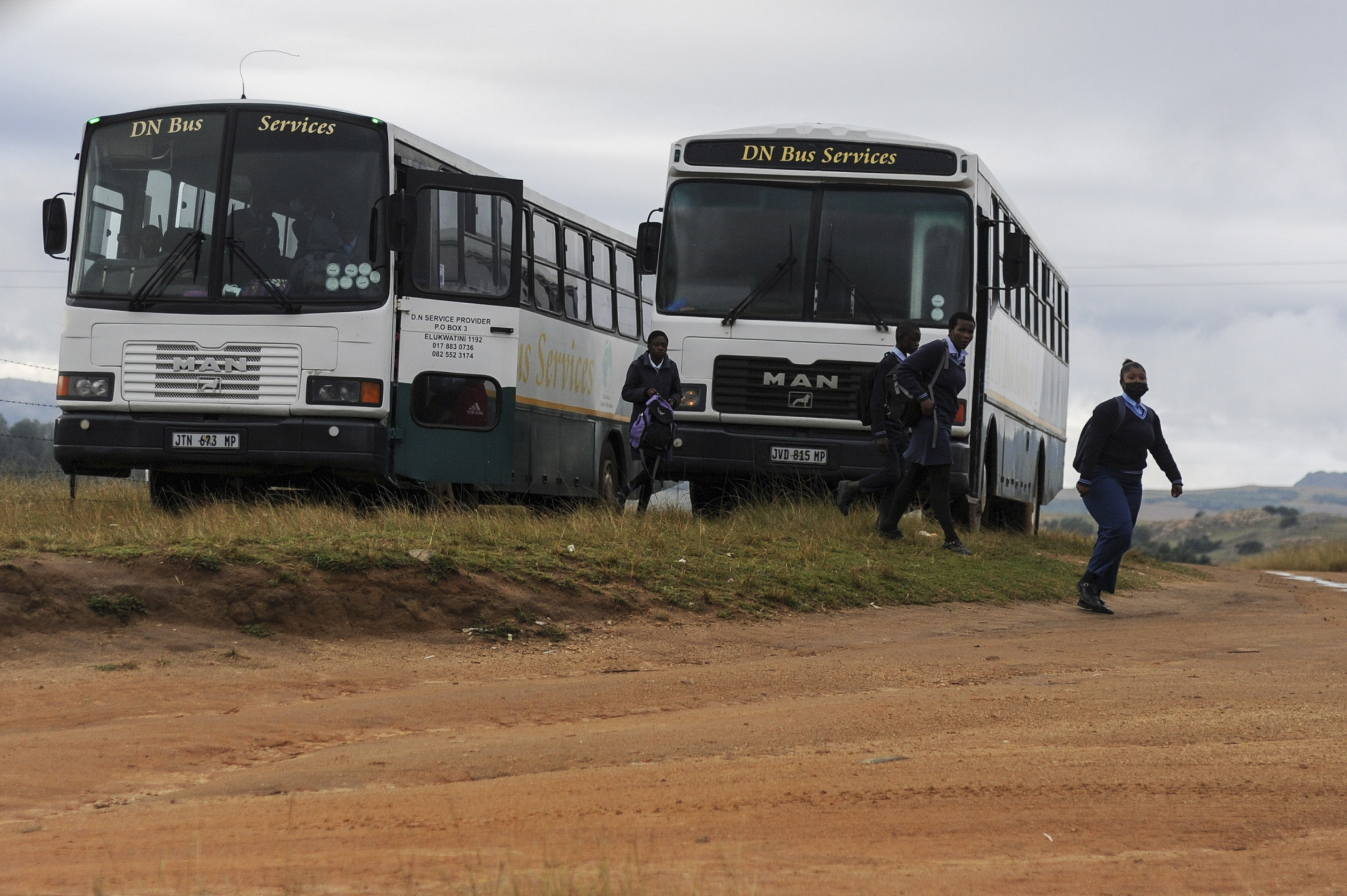
South Africa and eSwatini share 11 borders. Many children cross them every day, not just in Ngwenya and Oshoek, to go to school in South Africa.
Many of the pupils do not have study permits yet, which is why they have to enter South Africa through alternative entry points. Some parents apply for permits only when their children get to grade 12 when they sit for national exams because of the costs involved.
Precious Ginindza says she is tired of it all. “I don’t understand why we need permits at all. I don’t understand why we have a fence here. Those people are our neighbours, they speak siSwati like us. Sihlukaniswe lani (Why must we be separated)?”

